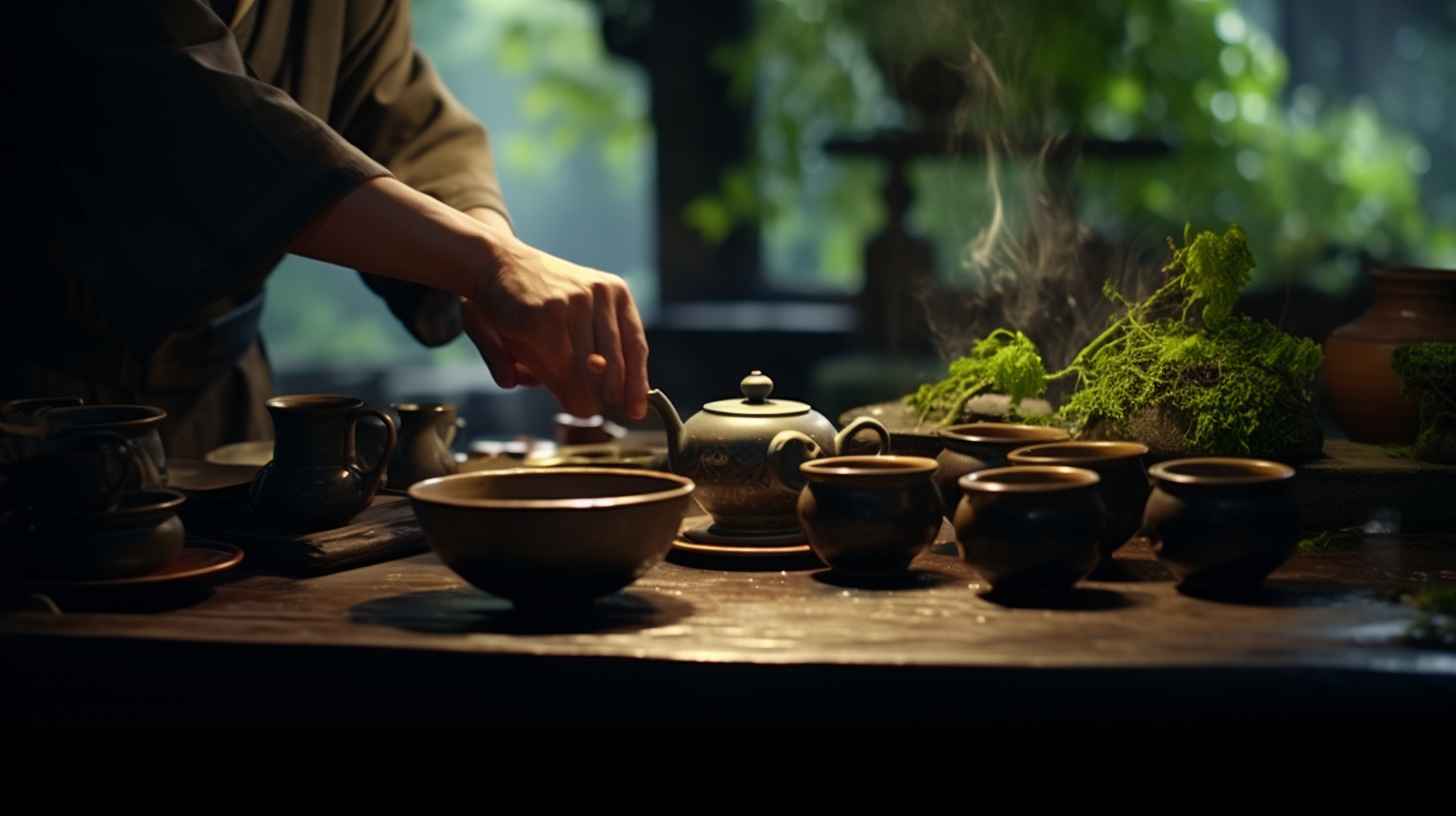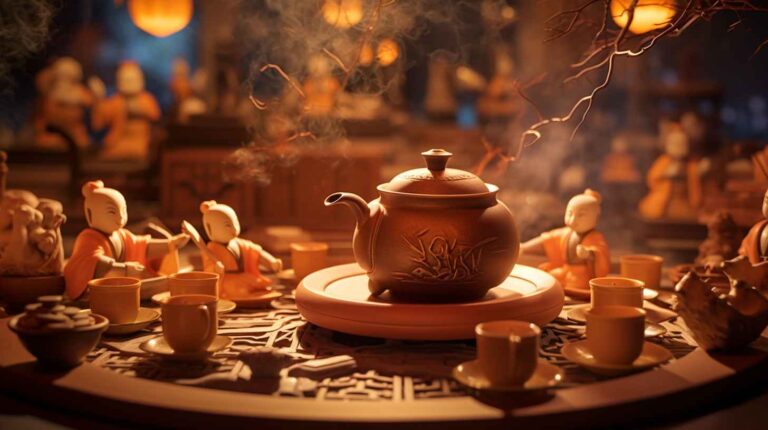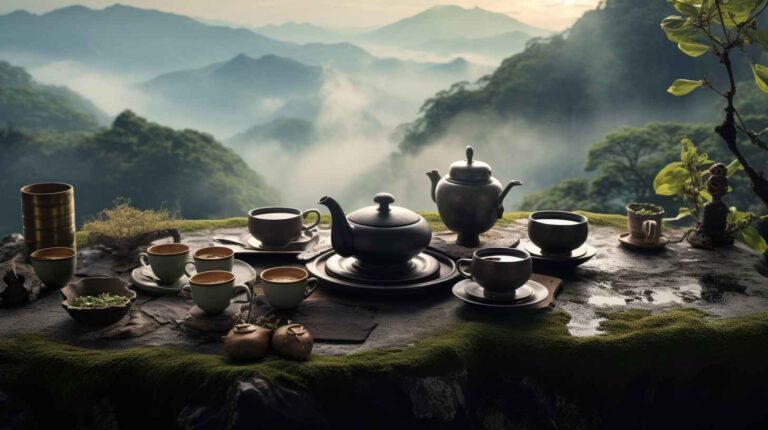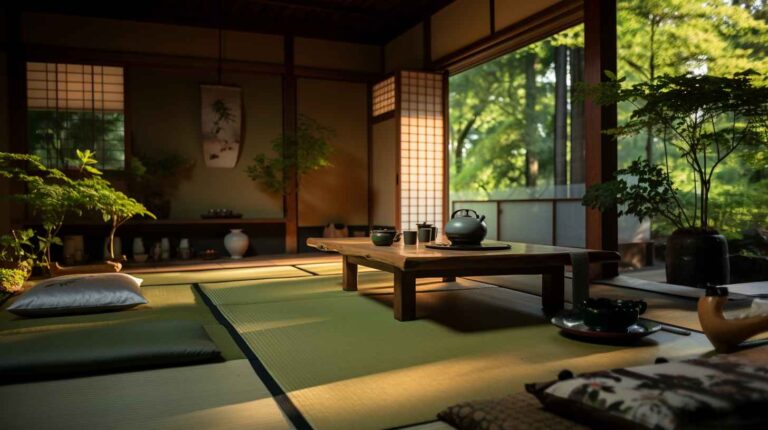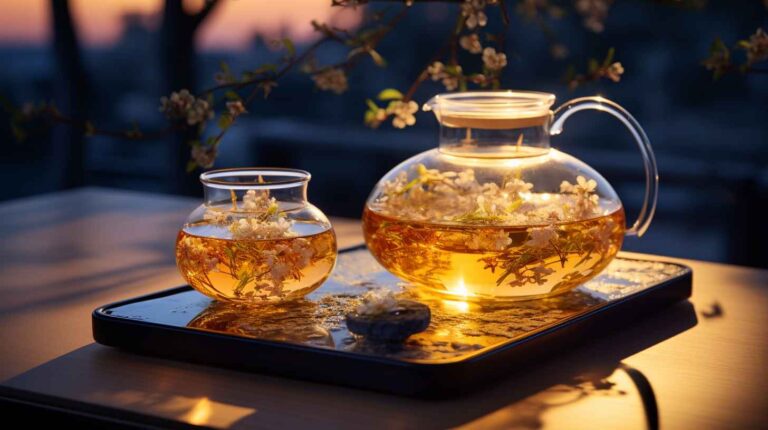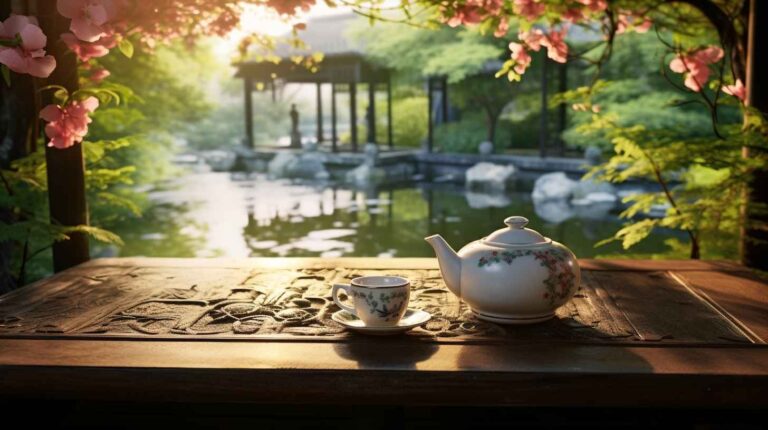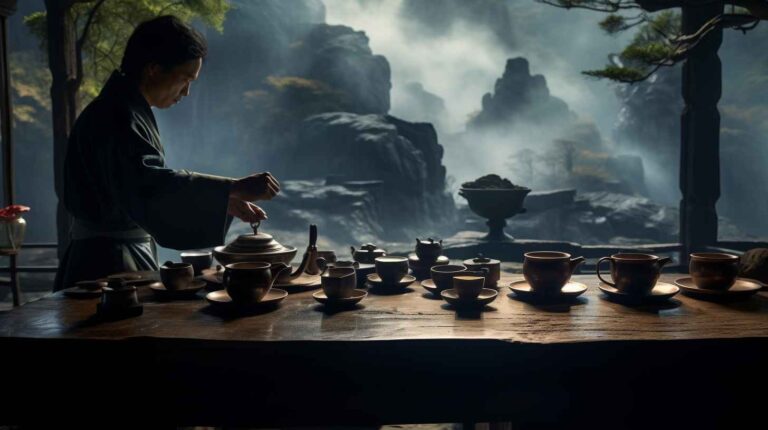Temperature Tales: Finding the Ideal Heat for Every Tea Type
Introduction
The world of tea is as expansive as it is enchanting. From the steep mountains of China to the bustling streets of India, the ritual of brewing tea has been deeply embedded in various cultures for millennia. At the heart of this ritual lies the intricate relationship between the tea leaf and water, specifically, the temperature of the water. Just as a musician understands the nuanced interplay between notes to compose a symphony, a tea enthusiast recognizes the harmony between the choice of tea leaves and the perfect brewing temperature. Too hot, and the delicate nuances of the tea can be overshadowed by bitterness; too cold, and the depth of its flavors might remain a mystery. This article seeks to unravel this relationship, offering guidance on finding the ideal brewing temperature for every tea type.
Understanding the Importance of Temperature
To appreciate the significance of temperature in tea brewing, one must first delve into the chemistry of tea. When tea leaves come in contact with hot water, they release various compounds, including polyphenols, amino acids, and essential oils. These compounds contribute to the tea’s flavor, aroma, and health benefits.
Temperature acts as a catalyst in this process. At a molecular level, the heat of the water determines the speed and efficiency with which these compounds are released. Imagine a ballet performance: if the tempo is too fast, the elegance and details of the dance might be lost; too slow, and the performance might lack energy and dynamism. Similarly, brewing temperature needs to be just right to extract the perfect balance of flavors and aromas from the tea leaves.
Certain delicate teas, like white and green teas, are rich in amino acids, which provide sweetness and umami flavors. Brewing at a lower temperature prevents the rapid release of tannins, compounds that can introduce bitterness. On the other hand, robust teas, like black and pu-erh, have undergone more extensive oxidation and fermentation, developing complex flavors that can withstand and benefit from hotter temperatures.
White Tea: The Epitome of Subtlety
Optimal Brewing Temperature: 185°F (85°C)
Often revered as the ‘Champagne of Teas,’ white tea is the least processed of all tea types. Harvested during the early spring, it captures the essence of nature’s freshness. The delicate nature of white tea, characterized by its tender leaves and buds covered in fine, silvery hairs, demands a gentle approach to brewing.
At around 185°F (85°C), the water is just hot enough to coax out the tea’s gentle floral and fruity notes, without overpowering its natural sweetness. The subtle flavor profile of white tea is a reflection of its purity and simplicity, making it a favorite among tea purists.
Green Tea: A Mosaic of Sensations
Optimal Brewing Temperature: 175°F – 185°F (80°C – 85°C)
Green tea is a testament to the diversity of the tea world. With origins spanning across China, Japan, and even parts of Africa, each variety of green tea offers a unique tasting experience. The common thread, however, is the preservation of the tea’s green character, achieved by preventing oxidation.
A temperature range between 175°F and 185°F (80°C – 85°C) is generally ideal for most green teas. However, nuances exist. Delicate varieties like Gyokuro or Dragon Well might benefit from temperatures on the lower end of this spectrum, revealing layered flavors ranging from seaweed to chestnut. Meanwhile, bolder green teas, such as Gunpowder, can handle the higher end of this temperature range, showcasing their smoky or toasted characteristics.
Oolong Tea: Journey Between Extremes
Optimal Brewing Temperature: 185°F – 205°F (85°C – 96°C)
Oolong tea, often described as the twilight zone of teas, offers a flavor profile that dances between the lightness of green teas and the intensity of black teas. This wide spectrum is due to the partial oxidation process that oolong teas undergo.
For lighter oolongs, reminiscent of green teas with their floral and fresh notes, a temperature closer to 185°F (85°C) can be ideal. Conversely, darker oolongs, with flavors leaning towards stone fruits and caramel, come alive at temperatures around 205°F (96°C).
In the world of oolong, the versatility is truly remarkable. It’s a category where the same leaves, brewed at slightly different temperatures, can offer entirely distinct taste experiences.
Black Tea: The Rich Tapestry of Flavors
Optimal Brewing Temperature: 200°F – 212°F (93°C – 100°C)
As we transition from the nuanced world of oolongs, we encounter the full-bodied richness of black tea. Black tea, also known as “red tea” in China due to its amber-red liquor, undergoes a full oxidation process. This transformation unlocks a symphony of flavors ranging from sweet and malty to smoky and brisk.
The high temperatures, between 200°F and 212°F (93°C – 100°C), are imperative for black teas to unveil their depth and complexity. Consider Darjeeling, the “Champagne of Black Teas.” Grown in the ethereal heights of the Himalayas, its delicate muscatel notes are best appreciated when brewed close to boiling. In contrast, the robust Assam tea, with its malty backbone, not only withstands but thrives in boiling water, delivering a cup that’s both invigorating and comforting.
Herbal Infusions: A World Beyond Camellia Sinensis
Optimal Brewing Temperature: 212°F (100°C)
Stepping outside the realm of traditional teas, herbal infusions, or tisanes, open up a universe of flavors and wellness benefits. These infusions, derived from a variety of botanicals like flowers, herbs, spices, and fruits, often require boiling water to maximize the extraction of their flavors and therapeutic compounds.
Take, for instance, chamomile. This daisy-like flower offers a golden-hued infusion known for its calming effects. When steeped in boiling water, the floral and apple-like notes come to the forefront, creating a soothing experience. Similarly, peppermint, with its invigorating aroma, releases its cool, mentholated character most effectively at this high temperature.
Herbal infusions, being devoid of actual tea leaves, don’t run the risk of becoming bitter with high temperatures, making boiling water the preferred choice for most.
Pu-erh Tea: The Aged Delight
Optimal Brewing Temperature: 212°F (100°C)
Diving deeper into the complexities of tea, Pu-erh stands out as a category that’s both intriguing and polarizing. Originating from the Yunnan province of China, Pu-erh undergoes a unique fermentation process, allowing it to be aged for several years or even decades.
This aging process imparts Pu-erh with an earthy, woody character, often accompanied by notes of dried fruit, leather, and, in some cases, medicinal undertones. The densely packed tea cakes or bricks that Pu-erh is often sold in necessitate boiling water to facilitate the unfurling of the leaves and the release of their deep, mature flavors.
For those venturing into the world of aged teas, Pu-erh offers a journey of discovery, where each brew can unveil different facets of its character.
Considering External Factors
While the outlined temperatures provide a solid foundation, it’s crucial to acknowledge the external variables that can influence the brewing process. Altitude, as mentioned earlier, can change the boiling point of water. However, water quality is another factor seldom discussed but equally important.
The mineral content of your water can greatly affect the taste and aroma of your brew. Soft water, low in minerals, can often highlight the delicate nuances in teas, making it particularly suited for white and green teas. On the other hand, hard water, with a higher mineral content, can sometimes mask the subtler flavors but can complement the robustness of black and aged teas.
Furthermore, the freshness of the tea, the size of the leaf, and the brewing vessel can also influence the optimal brewing temperature. It’s a dance of elements, where slight tweaks can lead to profoundly different outcomes.
Conclusion: The Eternal Quest for Perfection
Tea, in its myriad forms, offers an oasis of flavors, aromas, and experiences. At the heart of every cup lies the symbiotic relationship between the leaf and water, with temperature playing the role of a maestro, orchestrating the release of compounds that define a tea’s character.
The journey of discovering the perfect brew is eternal, filled with trials, errors, and moments of epiphany. While the guidelines provided offer a roadmap, the true essence of tea lies in exploration and personalization. Whether you’re a seasoned tea aficionado or someone just starting their tea journey, the quest for the ideal brew is what keeps the world of tea endlessly fascinating.
By embracing the tales of temperature, and understanding its pivotal role, you not only pay homage to the ancient traditions of tea but also embark on a personal journey, one where every cup offers an opportunity to learn, savor, and celebrate the timeless allure of tea.
